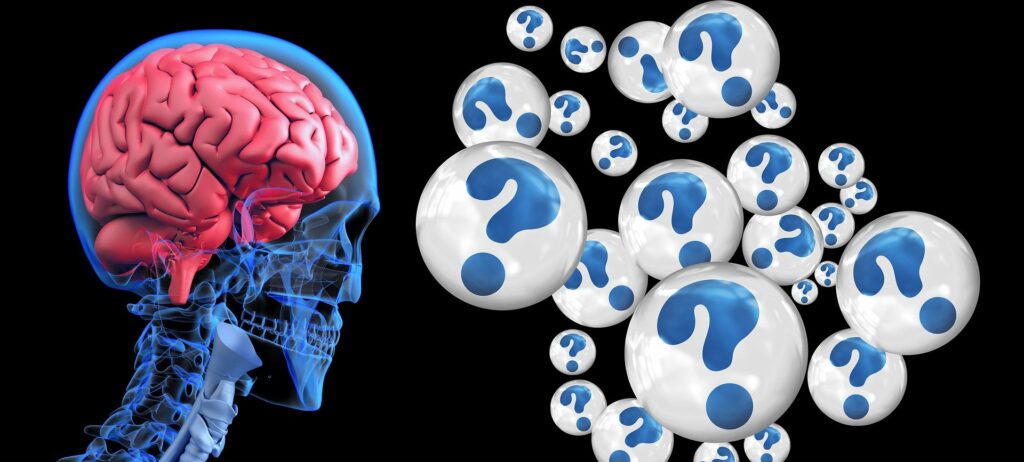Unifying for Change: The Untapped Power of the Disability Vote in Shaping America’s Future

In the wake of the last presidential election, a surprising yet powerful fact appeared: the disability vote played a decisive role in deciding the outcome. What many do not realize is that the voting bloc consisting of people with disabilities is not just significant; it’s monumental. Representing over 35% of the U.S. population and growing, this voting power is a force that politicians and policymakers cannot afford to ignore. Yet, the true potential of this electoral powerhouse stays untapped, with unity being the key to unlocking its full influence.
This community, vast and diverse, encompasses individuals from all walks of life, each with their unique challenges and perspectives. However, their collective experience with disability forms a common thread that could unite them in pursuit of common goals. Imagine the impact if every eligible voter with a disability, along with their families, caregivers, and advocates, came together with a unified voice. The possibilities for change are not just hopeful; they are profound.
Despite this potential, the road to unity and full electoral participation is fraught with obstacles. Many individuals face physical barriers to voting, such as inaccessible polling places or cumbersome absentee voting processes. Systemic barriers also exist, including complex registration systems and a lack of accessible voting information. These challenges contribute to a sense of disenfranchisement within the community, dampening the collective will to engage in the political process.
However, there is a silver lining. Advocacy groups and community leaders are rallying to address these challenges, pushing for reforms that make voting more accessible to everyone. From legal battles to secure better access to polling places to technological innovations that make voting from home possible for people with various disabilities, the tide is beginning to turn. These efforts are not just about easing participation in one election cycle; they’re about fundamentally transforming the political landscape to reflect the diversity and needs of the American populace.
The call to unite and harness this voting power has never been more critical. With each election cycle, the issues at stake become increasingly important for the disability community, from healthcare and social services to education and employment. By coming together, voters with disabilities can ensure that these issues are not just acknowledged but prioritized by those in power.
Yet, unity is more than just a strategy for political gain; it’s a statement of collective strength and dignity. It’s about asserting the right to be heard, to influence decisions that affect daily lives, and to shape a more inclusive and fair society. This call to action is not just for individuals with disabilities but for everyone who believes in the power of democracy to bring about positive change.
As we look ahead, the potential for the disability vote to shape future elections and policy directions is immense. But realizing this potential will require overcoming division and apathy. It will require a concerted effort to educate, mobilize, and empower every member of the disability community to stand up and make their voices heard. When united, the disability vote is not just a voting bloc; it’s a testament to the resilience and power of a community determined to shape its destiny.
In the end, the story of the disability vote is not just about the power of numbers; it’s about the power of unity. As the community comes together, using its collective strength, it sends a clear message: the disability vote is a force to be reckoned with, capable of not only influencing elections but also driving meaningful change. It’s a reminder that in the fabric of democracy, every vote counts, and when woven together, these votes can create a tapestry of progress and inclusion that reflects the best of what America stands for.





I was suggested this web site by my cousin Im not sure whether this post is written by him as no one else know such detailed about my trouble You are incredible Thanks
This piece was incredibly enlightening! The level of detail and clarity in the information provided was truly captivating. The extensive research and deep expertise evident in this article are truly impressive, greatly enhancing its overall quality. The insights offered at both the beginning and end were particularly striking, sparking numerous new ideas and questions for further exploration.The way complex topics were broken down into easily understandable segments was highly engaging. The logical flow of information kept me thoroughly engaged from start to finish, making it easy to immerse myself in the subject matter. Should there be any additional resources or further reading on this topic, I would love to explore them. The knowledge shared here has significantly broadened my understanding and ignited my curiosity for more. I felt compelled to express my appreciation immediately after reading due to the exceptional quality of this article. Your dedication to crafting such outstanding content is highly appreciated, and I eagerly await future updates. Please continue with your excellent work—I will definitely be returning for more insights. Thank you for your unwavering commitment to sharing your expertise and for greatly enriching our understanding of this subject.